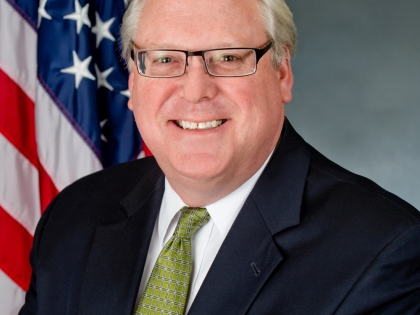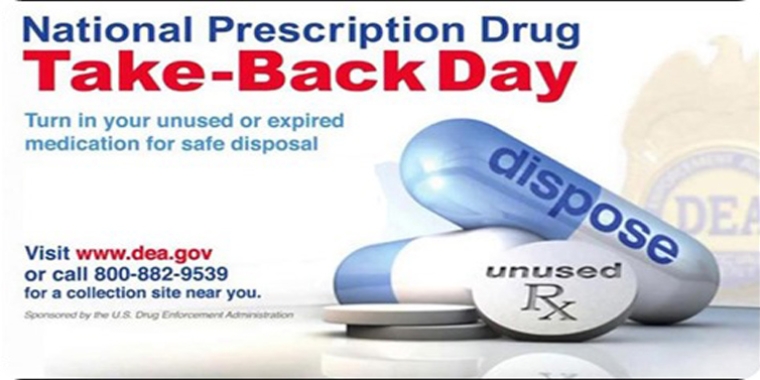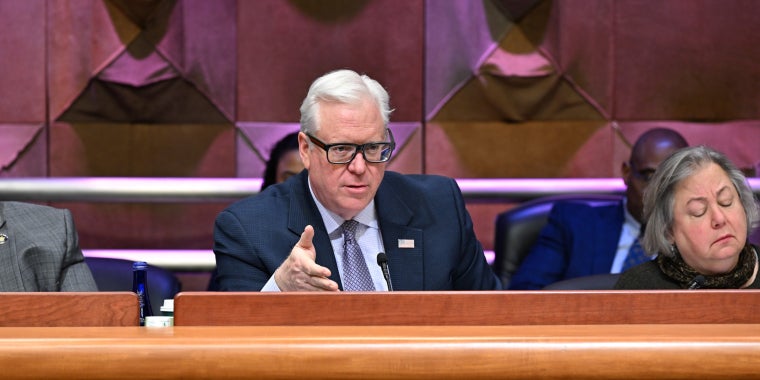
O'Mara: National Prescription Drug Take-Back Day Important in the Ongoing Fight Against Abuse and Addiction
October 20, 2016
-
ISSUE:
- Prescription drugs

Elmira, N.Y., October 20—State Senator Tom O’Mara (R,C,I-Big Flats), a member of the Senate Task Force on Heroin and Opioid Addiction, reminded area residents today that Saturday, October 22, 2016 is National Prescription Drug Take-Back Day and law enforcement agencies across the Southern Tier and Finger Lakes regions will operate drop-off centers for the public to responsibly and safely dispose of unused prescription drugs.
“It’s incredibly important that our local law enforcement leaders continue to participate in National Prescription Drug Take- Back Day. Their ongoing leadership in this overall effort to combat prescription drug and heroin abuse makes all the difference,” said O’Mara, noting that the annual event is coordinated by the federal Drug Enforcement Administration (DEA) in partnership local police agencies across the nation.
On Saturday law enforcement agencies across the Southern Tier and Finger Lakes regions have established drop-off centers to allow people to anonymously dispose of unwanted prescription drugs between 10:00 a.m. and 2:00 p.m.
To find out more and to find collection sites throughout the Southern Tier and Finger Lakes regions, CLICK HERE.
Or visit the DEA website directly at https://www.dea.gov/index.shtml (click on the "Got Drug?" icon in the right-hand column of the home page).
According to the DEA, this is a great opportunity for those who missed the previous events, or who have subsequently accumulated unwanted, unused prescription drugs, to safely dispose of those medications.
O’Mara also strongly praised the inclusion in this year’s state budget of nearly $200 million in funding to continue enhancing and expanding the state’s heroin and opioid addiction prevention, treatment, recovery, and education services. He said the budget reflects input he and his Heroin Task Force colleagues have received at numerous local public forums they’ve conducted since 2014, including one in late February in Penn Yan (Yates County).
The budget funding includes $1 million to maximize the availability of drug collection programs for communities statewide, including to local law enforcement agencies, for the purchase and distribution of tamper-proof drug collection boxes and other federally approved drug collection programs. Specifically, the state Department of Environmental Conservation will establish and enhance drug collection programs statewide. The program will include the purchase and distribution of tamper-proof drug collection boxes and other federally approved drug collection programs to help protect the environment from harmful substances and reduce the risk of addiction through the safe and responsible disposal of opioid pharmaceutical drugs.
“The abuse of prescription drugs is directly tied to and in many ways responsible for the burgeoning heroin epidemic. It’s incredibly important to do anything and everything we can to complement and support the efforts of our local law enforcement leaders to combat prescription drug abuse. These efforts include National Prescription Drug Take- Back Day and other initiatives to encourage the collection and disposal of unused prescription drugs,” said O’Mara. “This budget funding to expand the number of permanent, locally based drop-off centers goes hand in hand with other funding the Senate fought for in this year’s budget to enhance the state’s awareness and education, recovery and treatment services.”
The federal Centers for Disease Control has identified the abuse of prescription medicine as one of the nation’s fastest-growing drug problems with nearly 15,000 people dying every year of overdoses due to prescription painkillers. In 2010, 1 in 20 people in the United States over the age of 11 reported using prescription painkillers for nonmedical reasons in the past year. Moreover, an estimated 70 percent of people who abuse prescription painkillers obtained them from friends or relatives who originally received the medication from a prescription. The problem is of particular concern with respect to young adults and teens.
Share this Article or Press Release
Newsroom
Go to Newsroom


